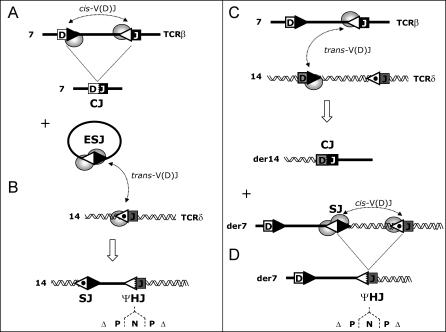Figure 1. Two Models of Illegitimate V(D)J Recombination.
(A) V(D)J recombination generating an ESJ.
(B) Ongoing V(D)J recombination of the ESJ with a RSS target in trans, leading to reintegration of the excised EC in the genome. The specific trans-CSJ and ΨHJ breakpoint signatures of the episomal reintegration are depicted.
(C) V(D)J-mediated translocation generating one trans-chromosomal CJ and one trans-CSJ.
(D) Ongoing V(D)J recombination of a CSJ in cis. The illustration depicts a CSJ generated through V(D)J-mediated translocation, but the same principle stands for a CSJ generated through V(D)J recombination by inversion.
White triangles, 12-RSS; black triangles, 23-RSS; dotted white triangles, IG/TCR or cryptic 12-RSS; rectangles, IG/TCR gene segment or oncogene activated through rearrangement; ellipses, RAG-1/2. Indicative chromosomes and derivative chromosomes are shown. Dented line in the ΨHJ and CJ represents processing at the junction (Δ, nucleotide deletion; P, P nucleotide addition; N, N nucleotide addition).

